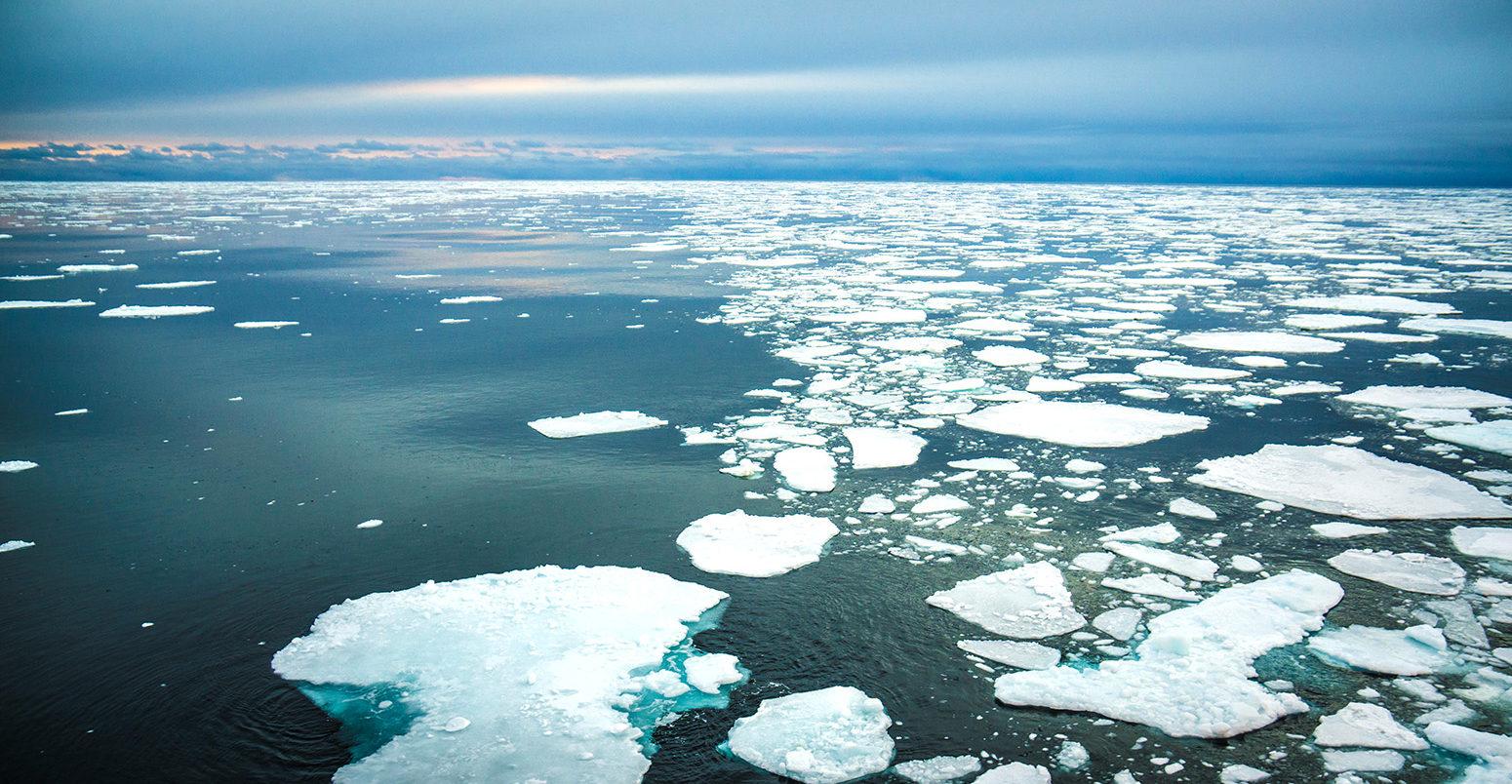

Sea level rise refers to the increase in the average level of the world's oceans. This phenomenon is driven primarily by two factors: the melting of glaciers and polar ice caps, and the thermal expansion of seawater as it warms. Rising sea levels have significant implications for coastal communities, ecosystems, and infrastructure.
The melting of ice caps and glaciers contributes to sea level rise by adding freshwater to the oceans. This process is accelerated by global warming, which causes ice to melt more rapidly.

As the global temperature rises, seawater absorbs heat and expands. This thermal expansion contributes significantly to sea level rise, affecting coastal regions around the world.
Rising sea levels lead to increased coastal erosion, threatening coastal properties and natural habitats. Erosion can result in the loss of beaches and the degradation of coastal ecosystems.
Low-lying coastal areas are particularly vulnerable to flooding due to sea level rise. Increased flooding can damage infrastructure, disrupt communities, and cause significant economic losses.

Coastal protection measures, such as sea walls, levees, and coastal vegetation, can help mitigate the impacts of sea level rise. These measures are designed to protect vulnerable areas from erosion and flooding.

Community resilience planning involves developing strategies to prepare for and respond to the impacts of sea level rise. This includes updating land-use plans, improving infrastructure, and enhancing emergency preparedness.
